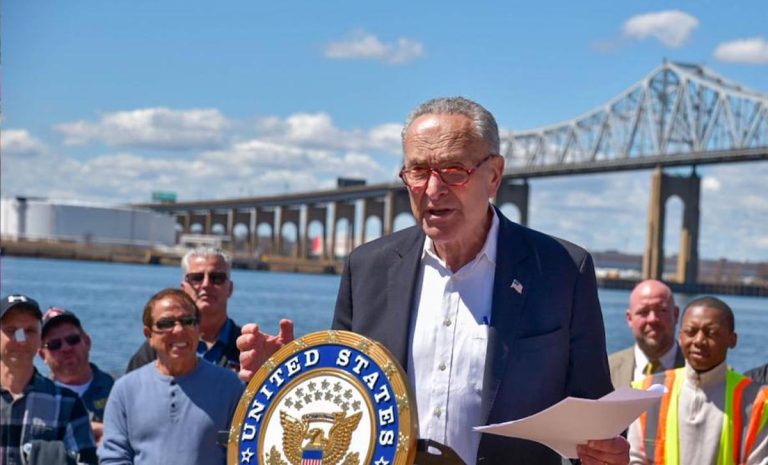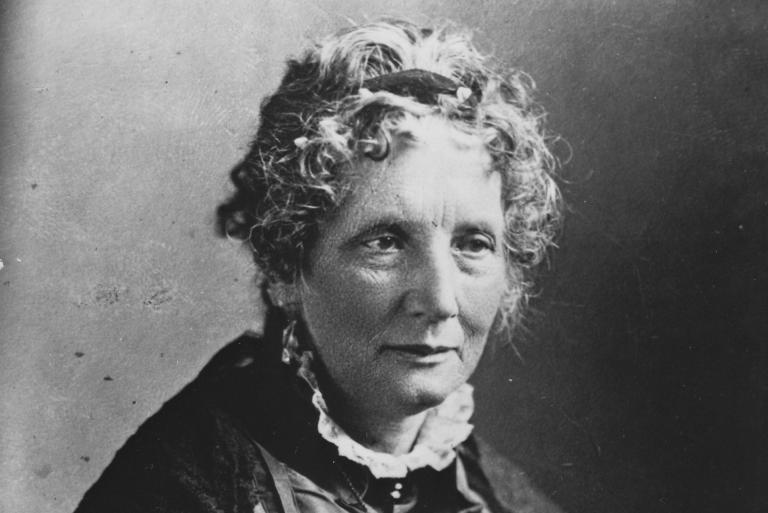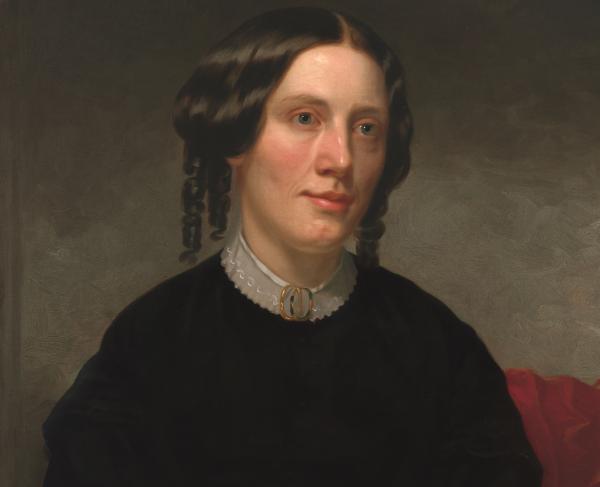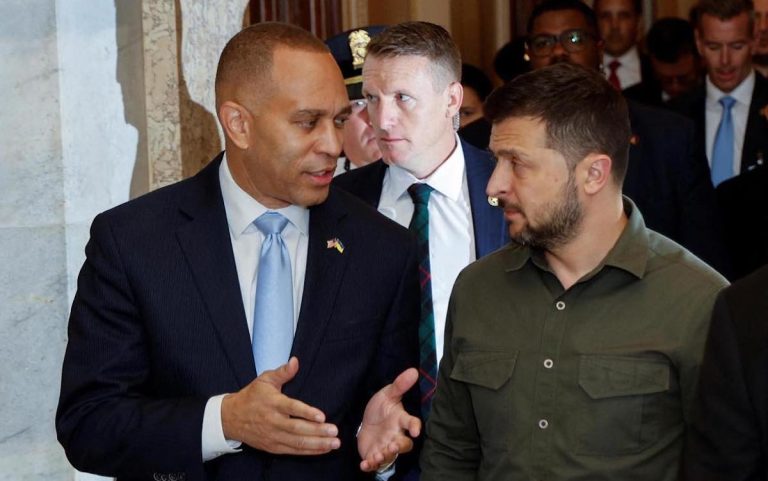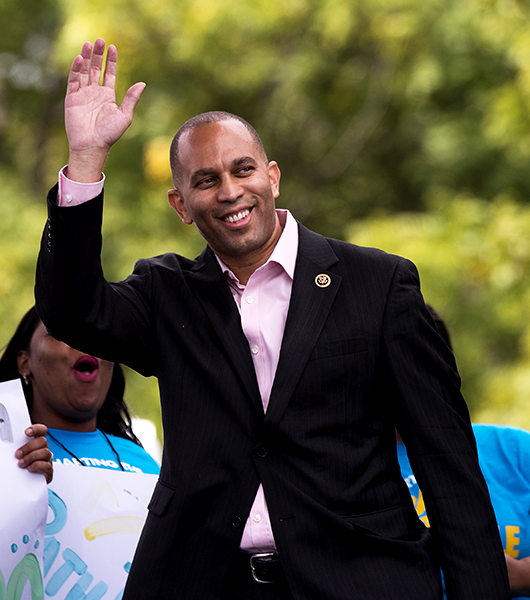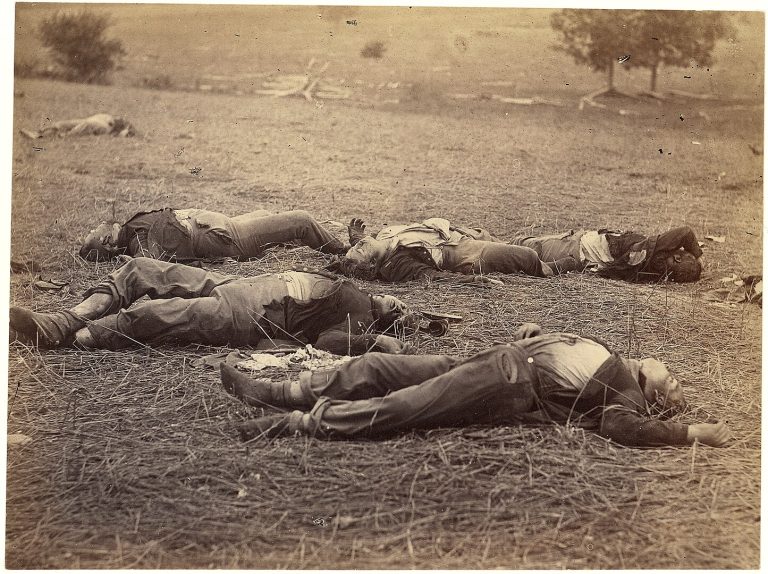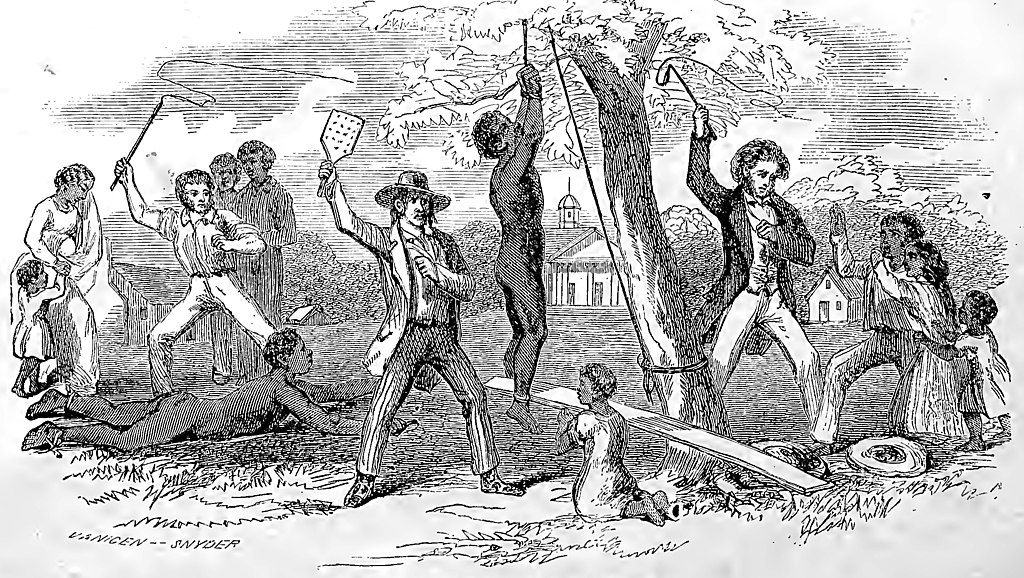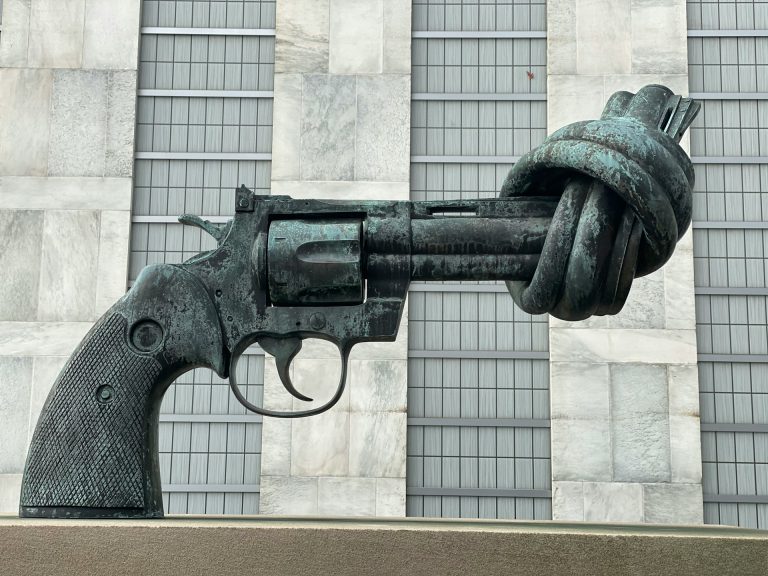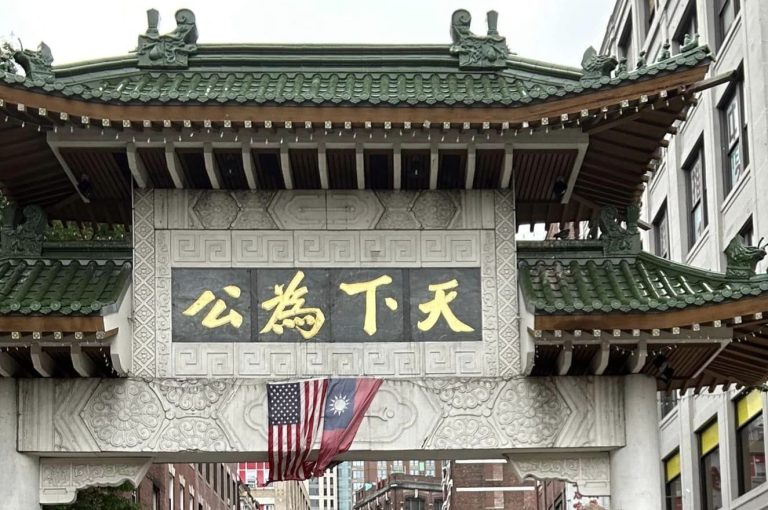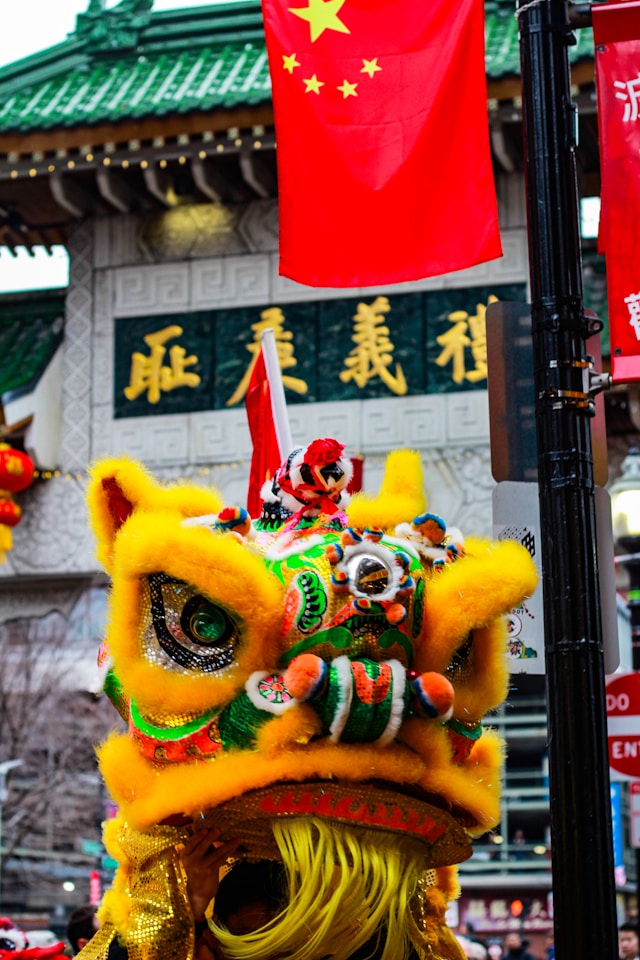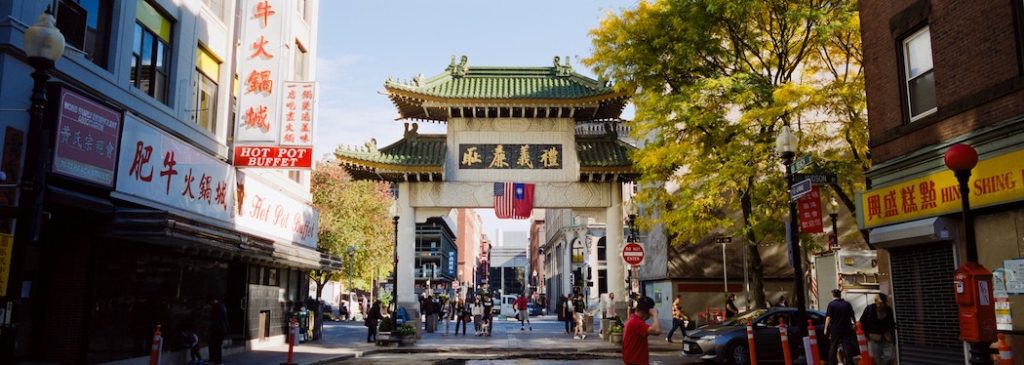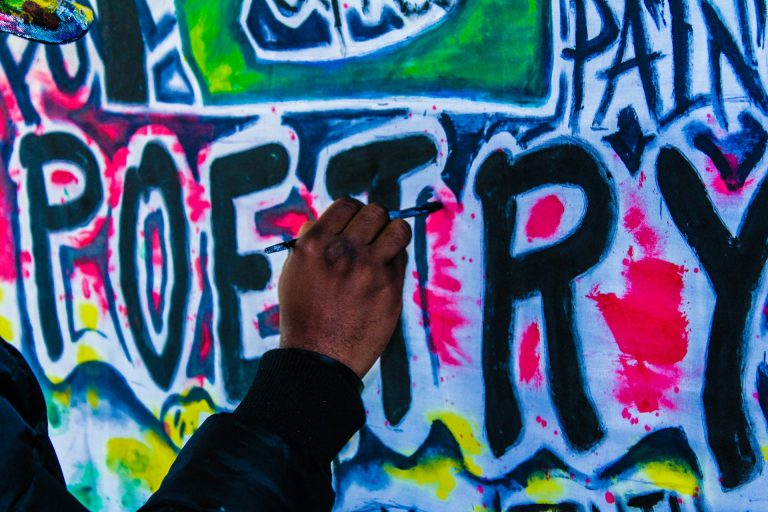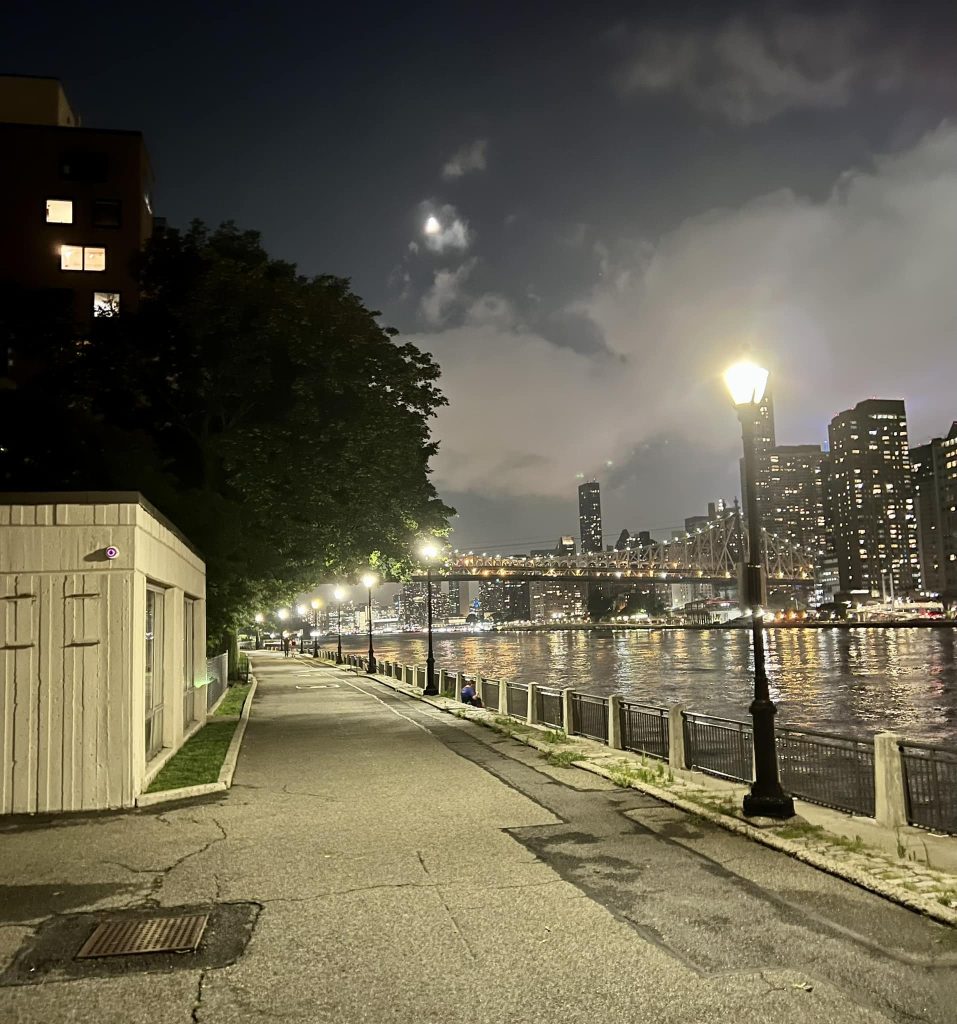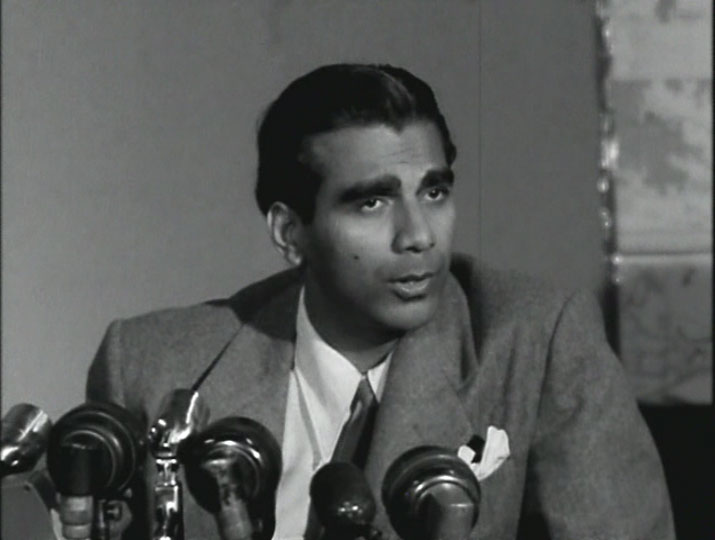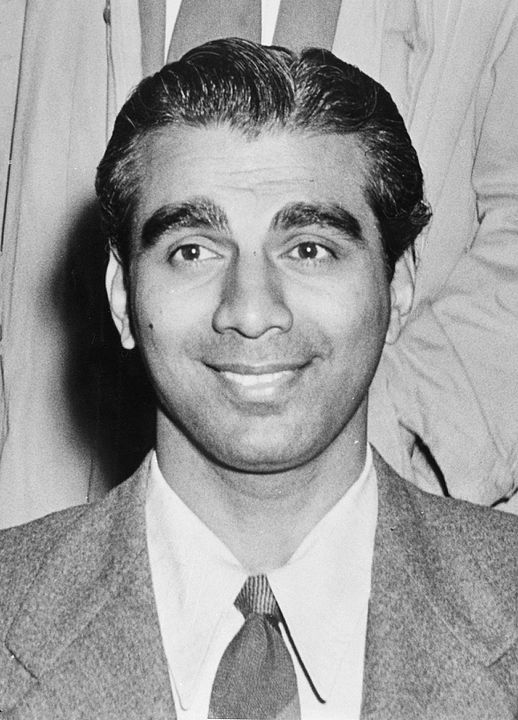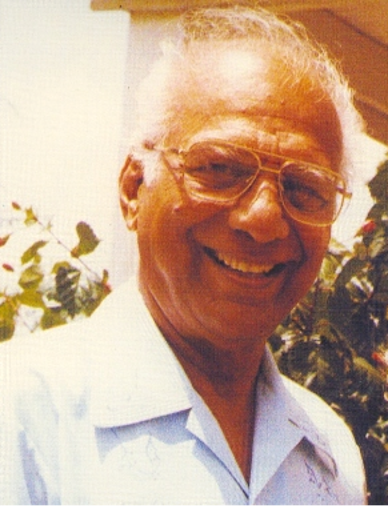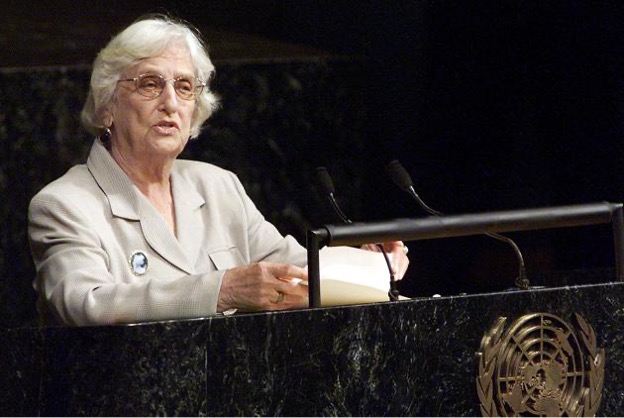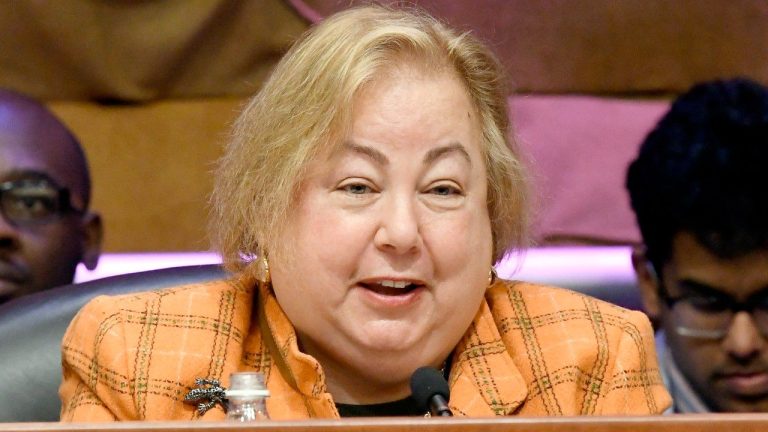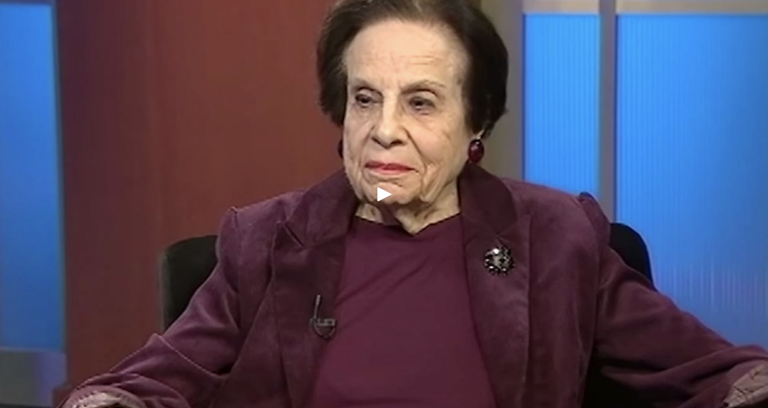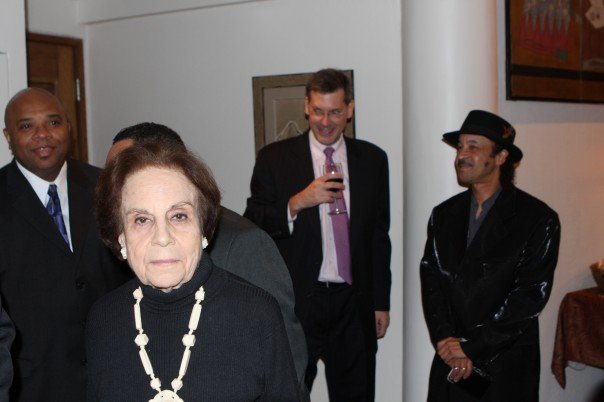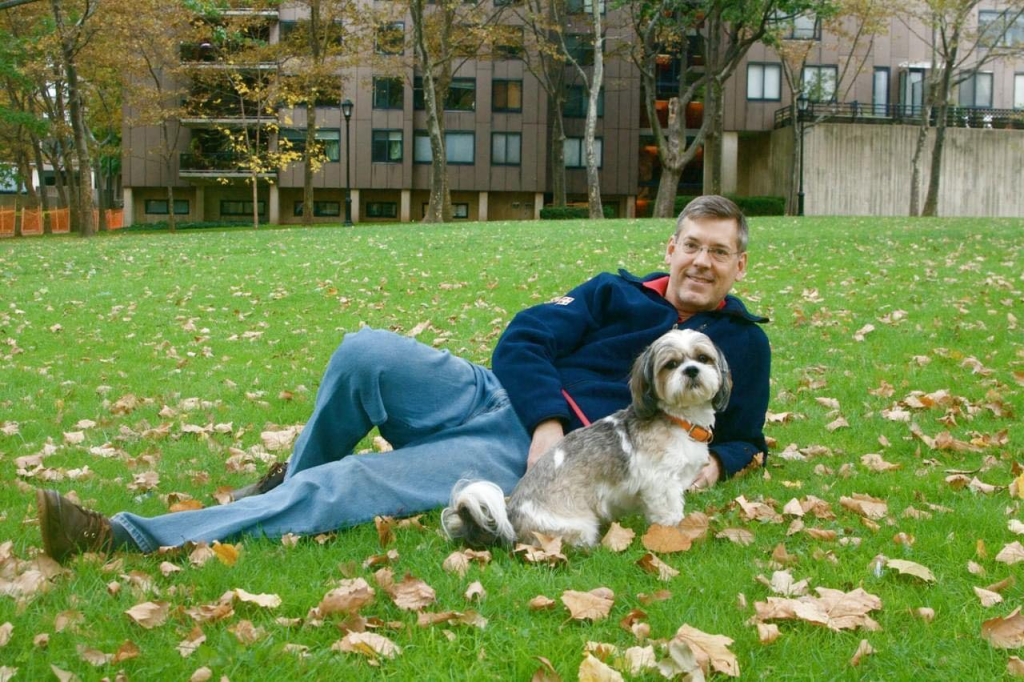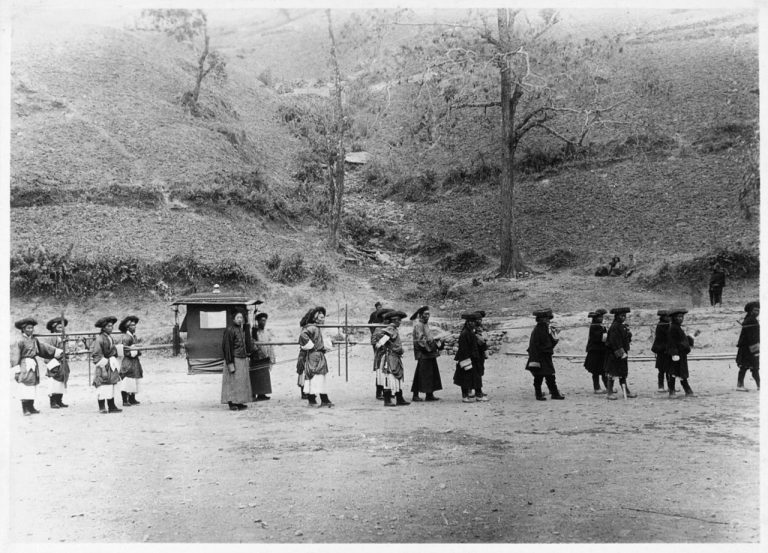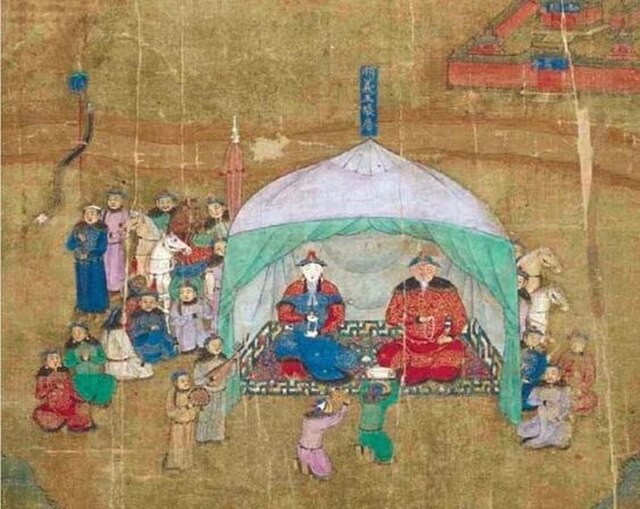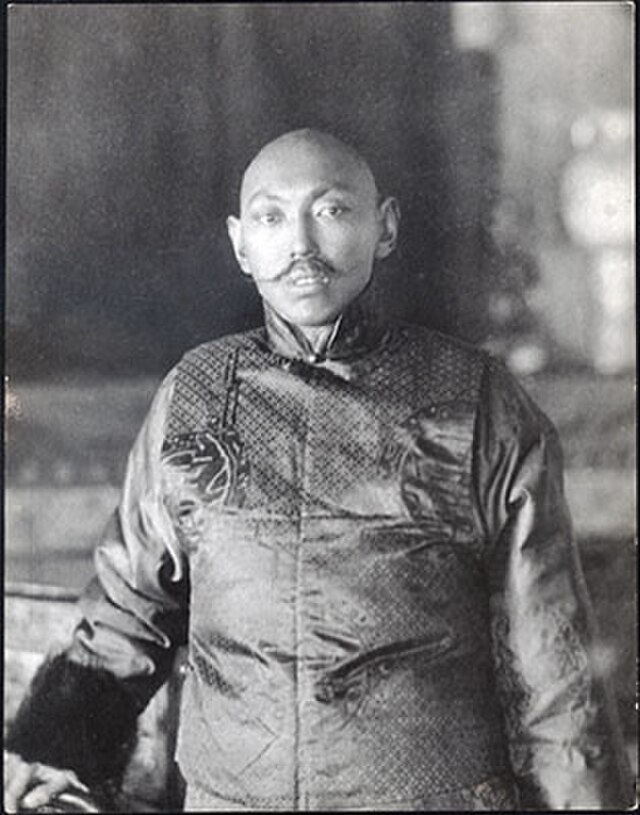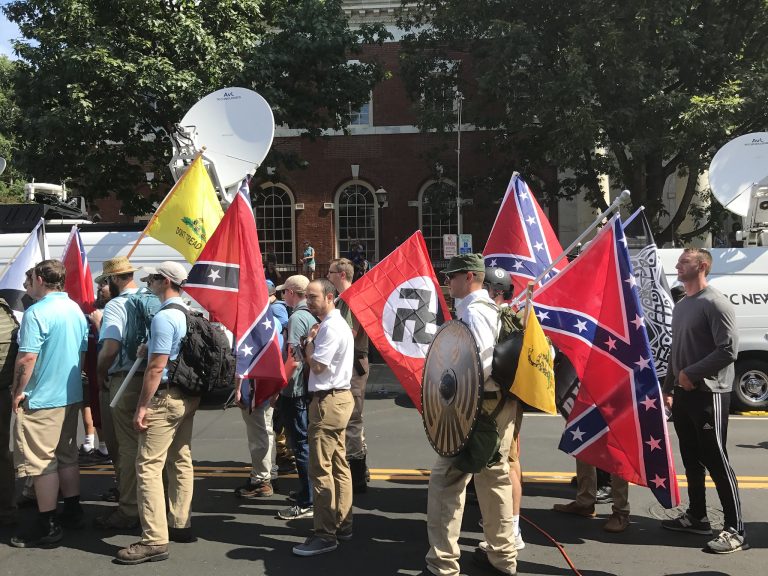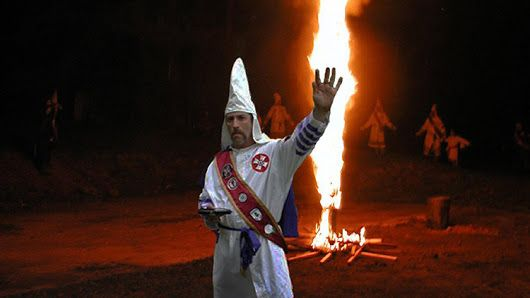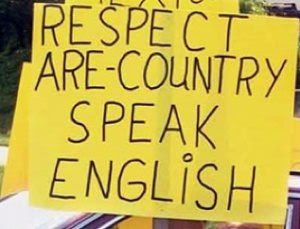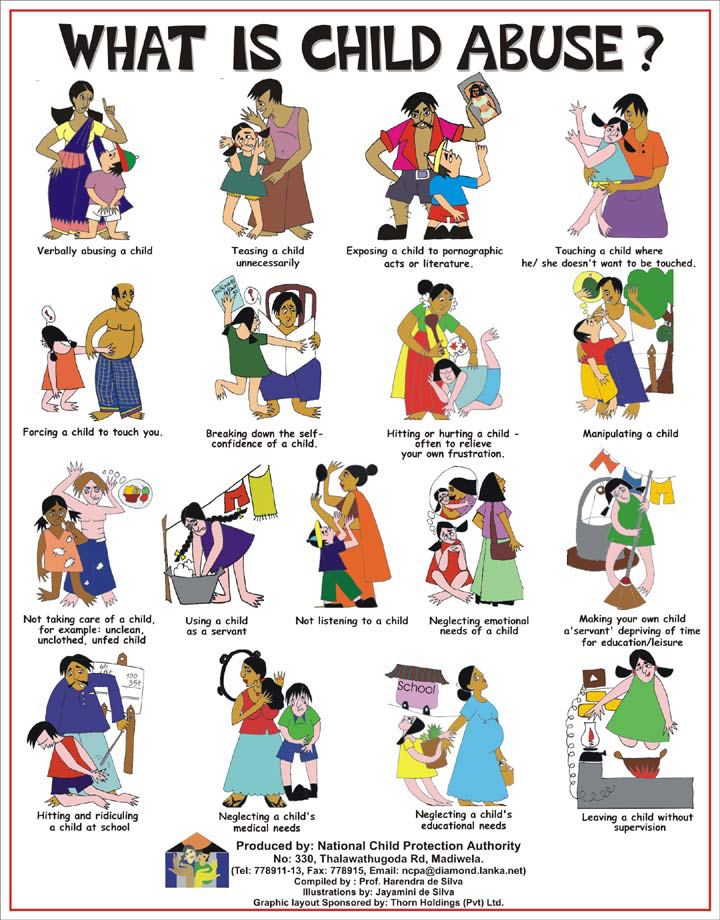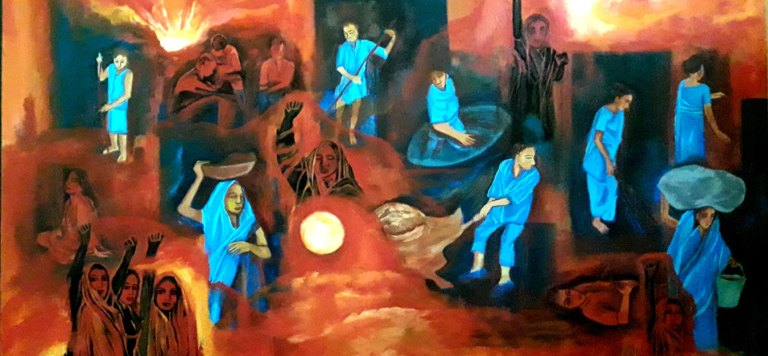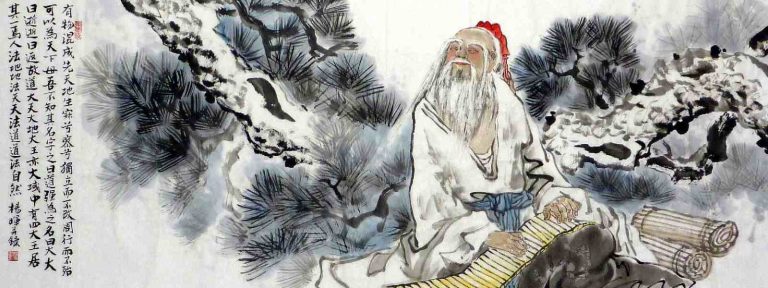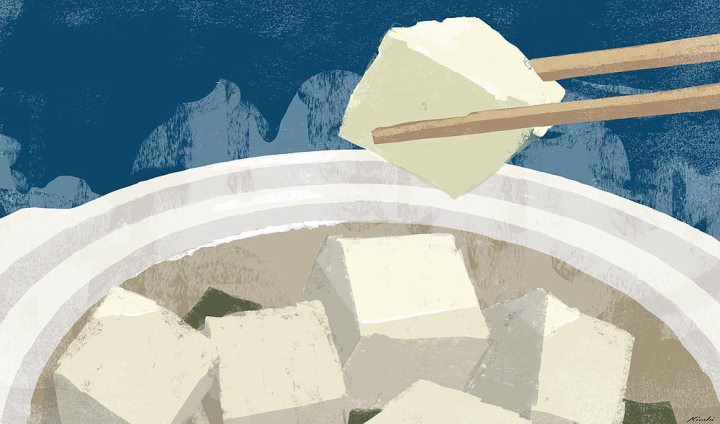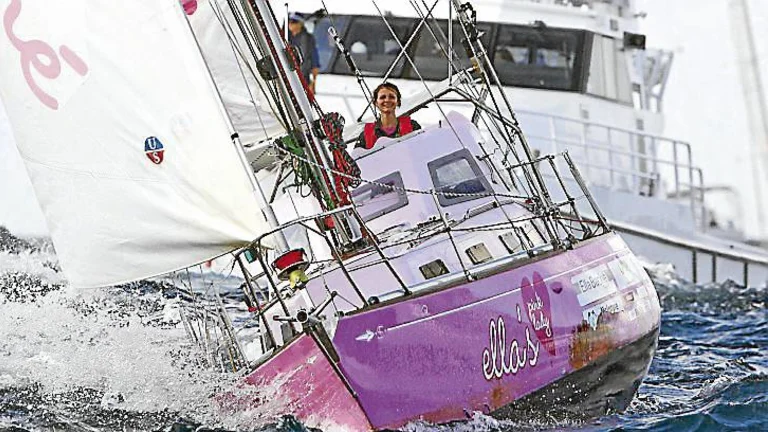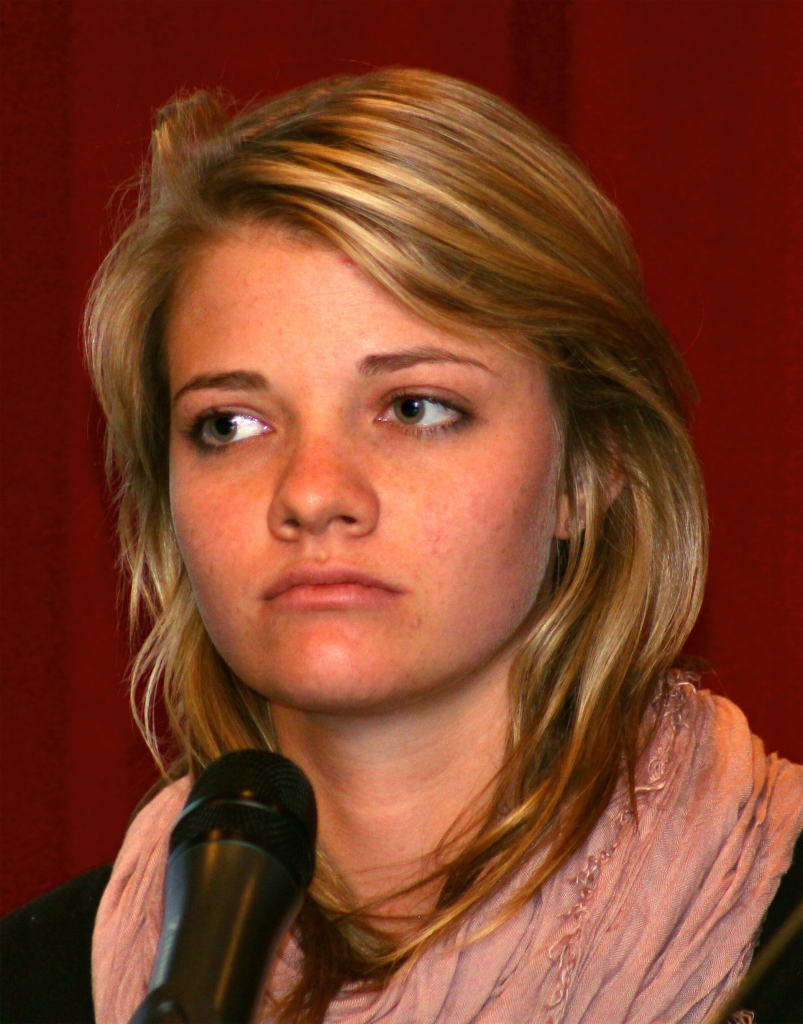Throughout his career, Chuck Schumer has been a mentor to many young politicians and activists, encouraging them to engage in public service and advocacy. His commitment to fostering new leadership reflects his belief in the importance of a vibrant and inclusive political system.
New York, N.Y. When I reflect on the leaders who have profoundly impacted American politics and society, Chuck Schumer stands out as a paragon of dedicated public service and legislative acumen. His career, marked by unwavering commitment to progressive values and effective governance, highlights his role as a thought leader and global citizen. Schumer’s influence on policy, his ability to navigate complex political landscapes, and his dedication to representing his constituents have cemented his legacy as a transformative figure in American politics.
Born on November 23, 1950, in Brooklyn, New York, Chuck Schumer’s early life was rooted in the values of hard work and community. He excelled academically, attending Harvard College and Harvard Law School, where he developed a deep understanding of the legal and political systems. Schumer’s entry into public service began shortly after his graduation when he was elected to the New York State Assembly at the age of 23. This early start set the tone for a career defined by a relentless pursuit of justice and equity.
Schumer’s rise in politics continued with his election to the U.S. House of Representatives in 1980, where he served for eighteen years. During his tenure in the House, Schumer established himself as a pragmatic and effective legislator. He was instrumental in passing significant legislation, including measures to address crime, gun control, and consumer protection. His work on the Brady Handgun Violence Prevention Act, which instituted federal background checks on firearm purchasers, showcased his ability to tackle contentious issues with a focus on public safety and common sense.

In 1998, Schumer was elected to the U.S. Senate, representing New York. His transition to the Senate marked the beginning of a new chapter in his career, where he would become known for his strategic leadership and his commitment to progressive causes. Schumer’s tenure in the Senate has been characterized by his ability to build coalitions and navigate the complexities of legislative processes to achieve meaningful outcomes.
One of Schumer’s most significant achievements in the Senate has been his advocacy for healthcare reform. As a staunch supporter of the Affordable Care Act (ACA), Schumer played a crucial role in its passage and subsequent defense against numerous repeal attempts. The ACA has provided millions of Americans with access to affordable healthcare, a testament to Schumer’s dedication to ensuring that every citizen has the right to medical care. His work in this area reflects his broader commitment to social justice and equity.
Schumer’s leadership extends beyond domestic issues.
As a global citizen, he has consistently advocated for a foreign policy that promotes human rights, democracy, and international cooperation. Schumer has been a vocal supporter of strong U.S.-Israel relations, emphasizing the importance of a secure and democratic Israel in the Middle East. He has also advocated for comprehensive immigration reform, recognizing the contributions of immigrants to the United States and the need for a humane and fair immigration system.
In addition to his legislative achievements, Schumer’s role as Senate Majority Leader has been pivotal in shaping the direction of the U.S. Congress. Elected to this position in 2021, Schumer has faced the immense challenge of navigating a deeply divided Senate. His ability to manage diverse viewpoints and foster bipartisan cooperation has been instrumental in advancing key pieces of legislation, including COVID-19 relief packages and infrastructure investments. Schumer’s leadership during the pandemic, in particular, demonstrated his commitment to addressing urgent national crises with decisive action.
One of the hallmarks of Schumer’s career is his dedication to constituent service.
Known for his accessibility and responsiveness, Schumer has made it a priority to stay connected with the people of New York. His annual tradition of visiting all 62 counties in the state underscores his commitment to understanding and addressing the unique needs of his constituents. This grassroots approach has endeared him to many New Yorkers and has ensured that their voices are heard in Washington, D.C.
Schumer’s influence also extends to his mentorship of the next generation of leaders.
Throughout his career, he has been a mentor to many young politicians and activists, encouraging them to engage in public service and advocacy. His commitment to fostering new leadership reflects his belief in the importance of a vibrant and inclusive political system.
As I consider Chuck Schumer’s impact on American politics, I am struck by his resilience and adaptability. He has navigated the changing tides of political landscapes with a steadfast commitment to his core values of justice, equity, and public service. His ability to achieve legislative victories, even in the face of significant opposition, speaks to his strategic brilliance and determination.
Schumer’s career is a testament to the power of dedicated public service and the impact that one individual can have on the lives of millions. His work has improved healthcare access, enhanced public safety, and promoted social justice, leaving a lasting legacy that will continue to shape the United States for generations to come. As a thought leader and global citizen, Chuck Schumer exemplifies the principles of effective leadership, advocacy, and a commitment to the common good.
In a time when the political landscape is often marked by division and discord, Schumer’s leadership offers a beacon of hope and a reminder of the importance of perseverance, collaboration, and a steadfast commitment to justice. His life and career inspire us to engage in public service, advocate for what is right, and work towards a more equitable and just society.
Chuck Schumer: Champion of Progressive Values and Public Service (July 2, 2023)
